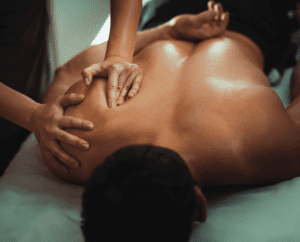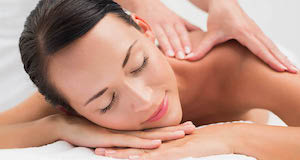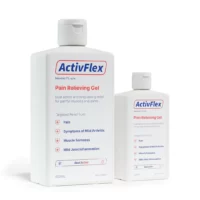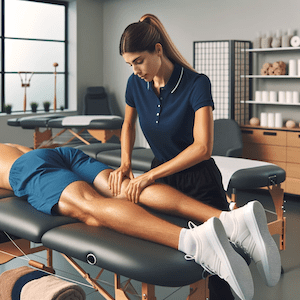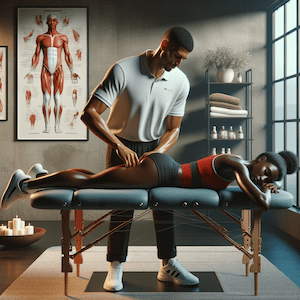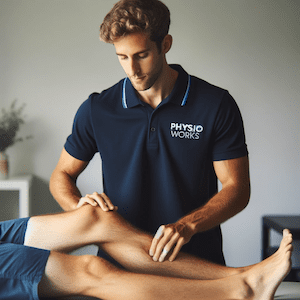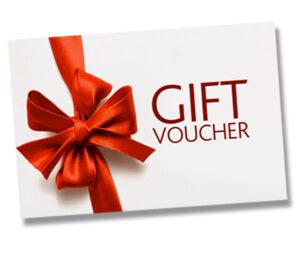Article by John Miller
Can You Reduce Knee Running Stress?
Research shows that simply changing how we run can significantly affect how much stress goes through our knees... and who’s knees wouldn’t mind that?
Heiderscheit et al. (2011) found that you can "offload" your knee joint stresses by simply increasing the step frequency while running.
Simple things that you can change:
- Decreasing your step length to avoid overstriding.
- Less up and down movement of your centre of mass.
- Less "braking" force on your lower leg.
- Less knee bend at foot strike.
What is an Efficient Cadence?
Most efficient marathon runners take roughly 180 steps per minute (90 each leg). If you take fewer steps than this, your knees, shins and heels have more impact stress per stride to disperse, plus you tend to overstride.
The detrimental implications of overstriding are multifactorial. As you overstride, you require more hip flexion to pull your foot and knee forward. This effectively inhibits the opposing gluteal muscle group. Your gluteals have a vital hip extension, external rotation and hip abductor control, which leads to hip control. Weak gluteals lead to hip “collapsing” issues. Overstriding also increases your heel impact rather than midfoot impact, leading to stress fractures in your heels or shins.
Edwards et al. (2009) showed that reducing your stride length decreased the probability of stress fracture by 3% to 6%. And, who wouldn’t want to lower their risk of stress fractures?
Overstriding also has an impact on the oscillation of your centre of mass. Essentially you’ll bounce up and down more. The effect is that the ground reaction force absorbed by the ankle, knee and hip at foot strike again increases. You’ve undoubtedly seen how some runners glide across the air with their feet touching the ground. Compare that to the struggling collapsing runner, who I'm sure you also encounter on running paths.
This increases the braking force on the stance limb, increasing the ground reaction force imparted onto the knee.
Finally, overstriding requires additional knee bend during your stance phase. This increases the likelihood of your kneecap compressing into the trochlear groove of your thigh bone. Do that enough, and you’ll have painful clicking kneecaps.
How Can You Increase Your Step Cadence to Improve Your Stride Length?
Step cadence can be easily measured and re-trained by running on a treadmill, watching a step counter (e.g. Garmin), or listening to a metronome set at 180 to 190 steps per minute. Smartphone apps can be downloaded and played back as you run. Other research by Wily et al. (2105) has shown that you can effectively do this in a two-week block running four times per week.
For more advice, please ask your running physiotherapist.











































































